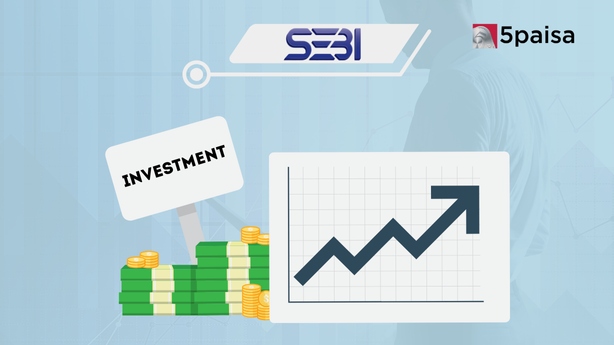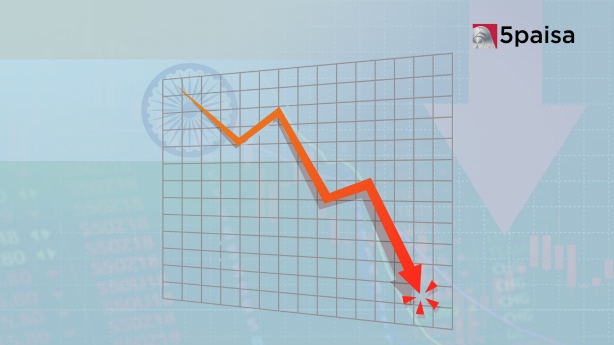Cable and Wire Stocks Decline for Second Session Amid Aditya Birla Group's Market Entry
NTPC to invest heavily in Nuclear Power Generation

As NTPC leads India’s charge away from fossil driven fuels, one segment that is surprisingly getting a lot of attention is nuclear power. One would have imagined that after the Fukushima disaster in Japan about a decade ago and the Kudankulam protests in India, there would be some scepticism over the idea of nuclear power. However, that does not seem to be the case. Now, NTPC Ltd is firming up plans to build a massive nuclear fleet that is intended to aid India’s push to shift away from coal. Nuclear power is likely to be a big role as India tries to curb emissions to hit net-zero by 2070 in terms of carbon footprint.
National Thermal Power Corporation (NTPC) plans to install up to 30 GW of nuclear capacity in India by the year 2040. As of now the targets may be tentative but they are surely indicative of the direction that the thinking is moving. The government has already told NTPC that it is expected to set the benchmarks for the power sector in India and hence drive the big move away from fossil fuels and towards more environmentally friendly fuels. Even though Nuclear Power may have risks associated with spillage, as a method of power generation, it is considered to be relatively safer, cleaner and more efficient.
Currently, the Indian nuclear ambitions are fully coordinate by the Nuclear Power Corporation of India (NPCIL). At the current juncture, India has 22 operational reactors with about 6.8 GW of capacity. What NTPC is planning is something quite different. It plans to deploy relatively small-scale modular reactors (SMRs). That would help to reduce the skew in the overall power portfolio of NTPC which is biased in favour of coal fired thermal power generation. For instance, as of date, NTPC has an overall power fleet of 70 GW, of which more than 80% is coal-fired, with the rest coming from all renewable sources combined.
As of now, NTPC does work in close coordination with the NPCIL and continue to pursue projects of much larger scale. It may be recollected that NTPC already has a long standing relationship with the Nuclear Power Corporation of India Ltd (NPCIL), since it is the latter that has the exclusive authority to operate all of India’s atomic generation capacity. Towards its nuclear ambitions, NTPC has already assembled a 15-member team in Mumbai. This team will aggressively drive NTPC’s nuclear ambitions. It will operate at the SMR level of small projects independently, while large nuclear projects will be in collaboration with the Nuclear Power Corporation of India Ltd (NPCIL) as is the current arrangement.
Interestingly, despite the previous disasters that we have seen in places like Chernobyl and Fukushima, where substantial nuclear leaks were reported, nuclear power is seeing a major renaissance. Both Asia and Europe, two of the largest consumers of energy, are now seriously looking to decarbonize their energy mix and reduce the dependence on fossil fuels. The sharp spike in the price of natural gas has just about worsened the current condition and the ongoing war in Ukraine and prospects of stringent sanctions are not going away in a hurry. To bolster their energy independence, most of the major countries like China, Japan and South Korea are all looking to build more nuclear reactors at this juncture.
NTPC, as stated earlier, will address this challenge at two levels. At the level of NTPC standalone, the company will build small-scale modular reactors (SMRs) of capacity ranging from 100 MW to 300 MW. NTPC is currently favouring the smaller reactors as they would be quicker to build, simpler to operate and easier to adjust to the grid requirements. The advantage of the SMRs is that they can also be installed off-grid in remote locations that lack connectivity. However, SMRs are not really tried and tested at a functional level and hence it would be an experiment for NTPC. Globally there are just a handful of SMRs.
The other challenge for NTPC would be that the economic competitiveness of SMRs is yet to be tested and proven in practice. To that extent, it would be an X-factor. India is already the third largest emitter of fossil fuels and it has to move fast towards net zero. Corporate heavyweights like Reliance Industries and the Adani Group are pumping billions of dollars into clean energy projects and these include a wide array including solar, wind and green hydrogen. The grand plan for NTPC is to reduce the share of fossil fuels to nearly 50% of its overall capacity by 2032, as against 90% currently. It remains to be seen how effectively, nuclear powered SMRs would fit in.
- Flat ₹20 Brokerage
- Next-gen Trading
- Advance Charting
- Actionable Ideas
Trending on 5paisa
01
 5paisa Research Team
5paisa Research Team
02
 5paisa Research Team
5paisa Research Team
03
 5paisa Research Team
5paisa Research Team
Indian Market Related Articles
Disclaimer: Investment in securities market are subject to market risks, read all the related documents carefully before investing. For detailed disclaimer please Click here.




